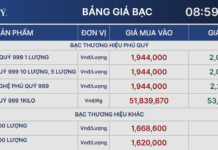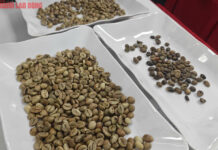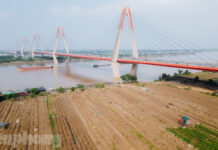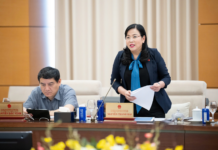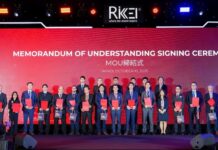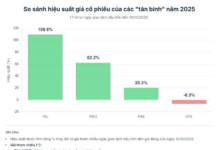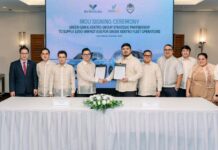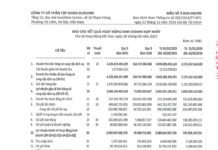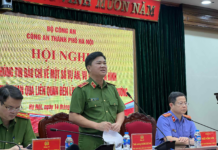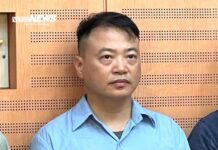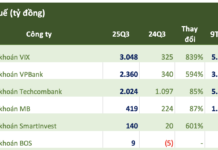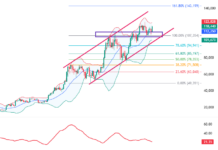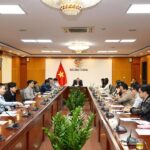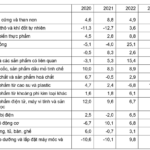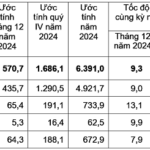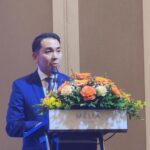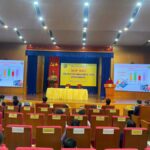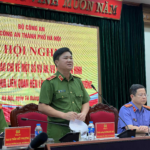At the 2024 Conference of the Prime Minister Dialogue with Farmers on the last day of 2024, with the theme “Awakening the Aspiration to Get Rich to Develop a Prosperous and Happy Country; Confidently Stepping into the New Era”, farmers from all provinces and cities frankly pointed out the difficulties and obstacles in the process of agricultural production. At the same time, they conveyed their wishes and proposals to the Government, ministries, and sectors.
Recognizing and appreciating the efforts of farmers and enterprises in the agricultural sector, Prime Minister Pham Minh Chinh emphasized: “In the common achievements of the country, the agricultural sector, rural development, and farmers have made very important contributions. Notably, the export turnover of agricultural, forestry, and aquatic products reached 62.5 billion USD, up 18.7% compared to 2023; the trade surplus reached 17.9 billion USD, accounting for 72% of the total export surplus of the whole economy.”
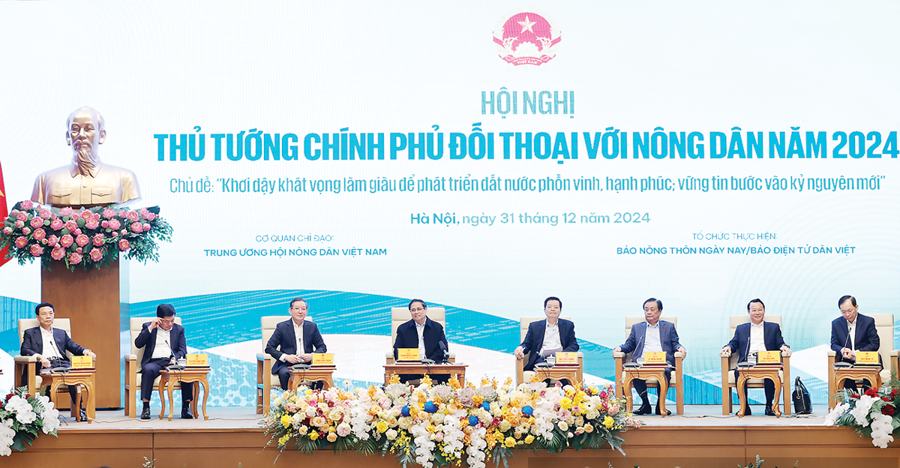
Concluding the conference, Prime Minister Pham Minh Chinh mentioned nine important issues that related subjects need to continue to pay attention to in the future to promote ecological agriculture, modern rural areas, and civilized farmers.
First, institutions and policies are still the bottleneck of bottlenecks and must be the breakthrough of breakthroughs. The Prime Minister gave the example of removing the mechanism and policies of the “khoán 10, khoán 100” [a policy that allows households to lease land for production] in the past, which has turned Vietnam from a food-deficient country into a leading rice exporter in the world; the poverty rate has decreased from 67% to 1.93%.
The Prime Minister hopes that farmers will continue to contribute ideas to build and perfect institutions, mechanisms, and policies, including mechanisms and policies on land, taxes, fees, and credit. From there, untie the knot from practice so that everyone can contribute their strength and resources to development, together realizing the goal of exporting agricultural, forestry, and aquatic products reaching 100 billion USD.
Second, planning. In the past, due to the conditions, circumstances, and history of the country, planning has not been given due attention. Up to now, the demands of the people are increasing towards eating delicious and clean food, so planning needs to be paid more attention to, especially industrial planning, land planning, and planning of industrial clusters serving agricultural production…
Third, land issues. It is necessary to continue reviewing laws and regulations to release resources from land and maximize the efficiency of land because land is a constant and a limited resource. Along with that, we must also exploit the space of the universe, such as developing satellite internet to provide telecommunication waves for remote areas; exploiting the space of the sea, such as developing solar and wind energy…; exploiting underground space to bring benefits to farmers, promote the strength of farmers, and develop rural and agricultural areas.
Fourth, capital and insurance. To get rich, you need capital, and to promote agriculture towards green development, develop key industries according to planning, and develop items that the world needs, there must be credit and insurance policies based on the principle of contribution and enjoyment to encourage. At the same time, enterprises must be encouraged to participate in cooperation, support, and close links with farmers to ensure input and output for production; promote regional linkage, diversify products, markets, and supply chains.
Fifth, market. Developing an agricultural economy, not self-sufficient and self-sufficient agricultural production, so it is necessary to expand export markets, including specific markets such as Halal food. The State must find a market for the consumption of farmers’ products, and farmers must ensure quality and build brands for agricultural products, along with designs, packaging, and contributions that are convenient and eye-catching to capture market share.
Building large raw material areas to increase profits for farmers
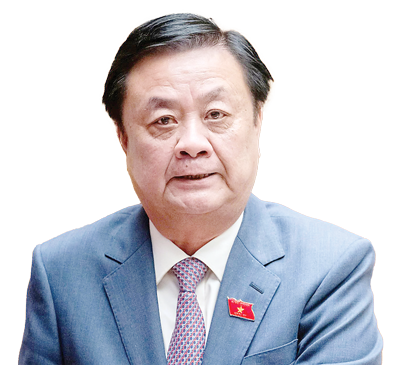
“We need to realize that each commune can have not only one cooperative but also many cooperatives, and one cooperative can operate in many different communes. Therefore, the scale of development of cooperatives and agricultural product value chains is not only confined to the commune or district level but must be expanded to inter-communal and inter-district levels. Therefore, the planning of cooperative development needs to specialize in these value chains, instead of just focusing on each commune or province as before.”
When there is a large raw material area, the scope of development needs to be expanded, and the role of linkage between localities must be promoted. Building concentrated raw material areas is not only about aggregating small pieces of land but also about creating an industry value chain, with the participation of people. To do this, it is necessary to improve the governance capacity and coordination between the agricultural and industry and trade sectors, as well as agricultural extension.
We must also calculate the profit from land accumulation. Mobilizing thousands of farmers to participate in concentrated raw material areas will help increase income for the people, create trust between farmers and cooperatives, thereby promoting the process of land accumulation and sustainable development.”
Sixth, promote the application of science and technology, innovation, and creativity, digital transformation, agricultural digitization, build databases, research and develop artificial intelligence in the agricultural sector in Vietnam, research, access, and transfer advanced technology, clean technology, and green technology in all stages of agricultural production. The database will provide smart solutions, such as the best place to grow rice and the best and smartest cultivation solutions.
Seventh, train high-quality human resources and transform human resources from the agricultural and rural sectors to the industrial and urban sectors.
Eighth, it is necessary to determine that culture is an endogenous strength, exploit the potential differences of products along with cultural values as a competitive advantage, and internationalize ethnic cultural values.
Timely support to help farmers restore production
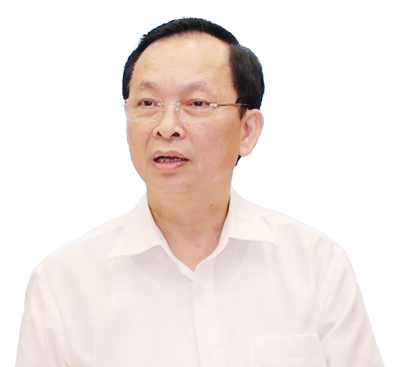
“After Typhoon Yagi, about 126,000 customers were affected, with a total debt damage of up to 192,000 billion VND. Immediately after receiving directions from the Prime Minister, the State Bank of Vietnam quickly took action. Just two days after the typhoon, credit institutions were directed to apply debt restructuring, extension, and postponement measures for affected farmers and enterprises. The localities have coordinated in implementing support measures such as debt freezing and extension.
To support the restoration of production, Circular No. 53/2024/TT-NHNN was issued. This circular stipulates the restructuring of repayment terms for customers affected by the typhoon in 26 provinces and cities. Credit institutions are allowed to restructure the principal and interest of loans arising before September 7, 2023, with repayment obligations from this date until the end of December 31, 2025. Debt restructuring will be done multiple times, without limitation, and the debt extension period will last until the end of 2025.
In addition to credit support policies, there are also programs to support capital for farmers to reproduce. The Government is also reviewing and adjusting policies to support farmers, especially in the field of organic and circular agriculture, helping them borrow capital without collateral, as well as participating in agricultural and rural insurance programs.”
Ninth, the grassroots political system must always grasp the aspirations and wishes of farmers and convey the guidelines and policies of the Party and State to farmers. At the same time, proactively propose institutions, mechanisms, and policies based on reality; mobilize the strength of the political system, businesses, and people to serve development.
The content of the article was published in the Vietnamese Economic Magazine, Issue 01-2025, released on January 6, 2025. Please visit here to read the full article. https://postenp.phaha.vn/chi-tiet-toa-soan/tap-chi-kinh-te-viet-nam
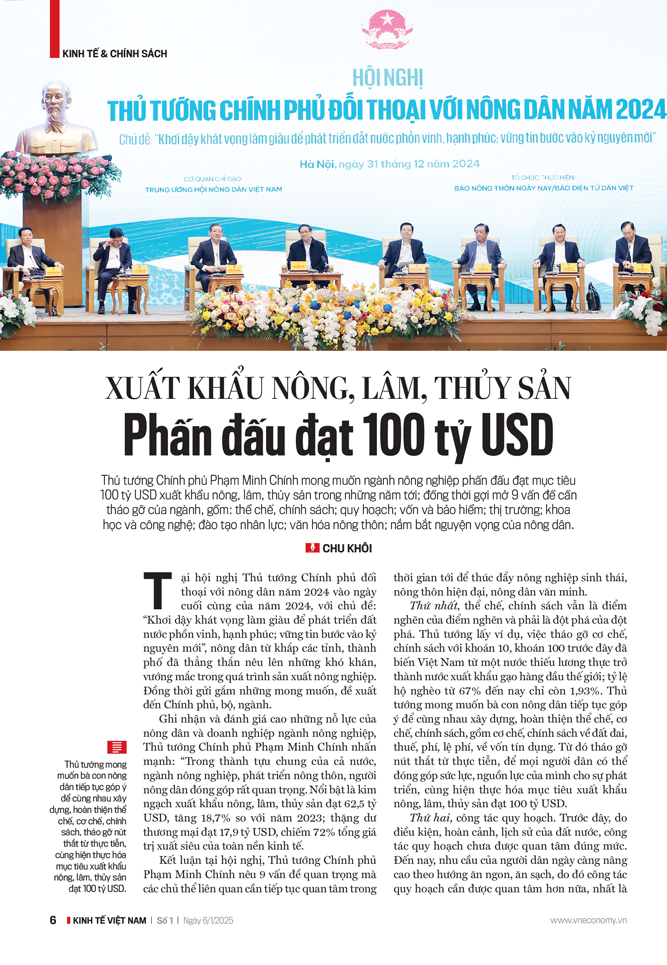
A Trade Surplus Triumph: $154 Billion and Counting to Europe and the Americas
In 2024, Vietnamese enterprises successfully exported over $202 billion worth of goods to markets in Europe, the Americas, and beyond. This remarkable achievement showcases the thriving manufacturing and export sector in Vietnam, which continues to gain global recognition and make significant contributions to the country’s economic growth and development.
Retail Goods and Consumer Services Revenue to Rise 9% in 2024, Meeting Government Targets
With a host of strategies to boost the domestic market and stimulate consumption in the final months, there has been a significant impact on the growth of the service industry in 2024.

